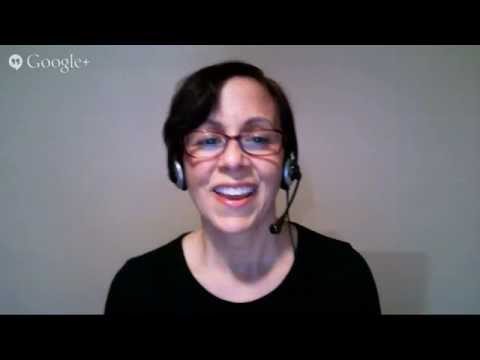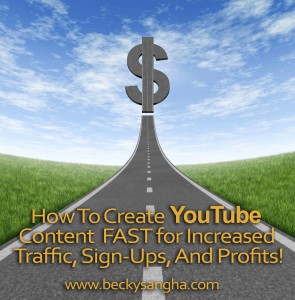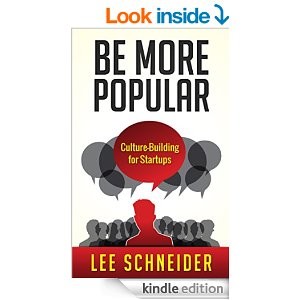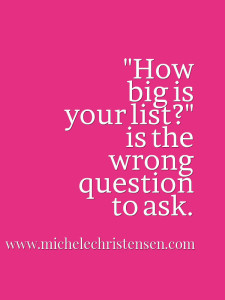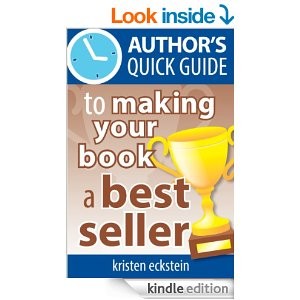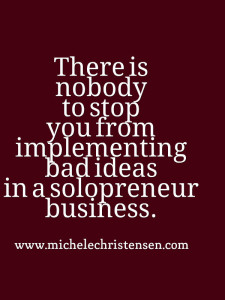VIP Half-Day Planning sessions are closed right now. Please make sure you sign up for my mailing list using the box at the top of the right sidebar to get priority notification when new VIP opportunities are available. Thanks!
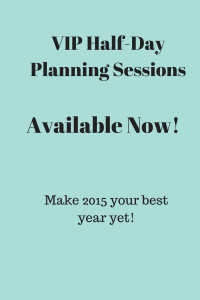 My first few years in business, I pretty much flew by the seat of my pants. There was so much to master, so much to do, and so many balls to keep in the air that I couldn’t find the time to think ahead. I was too busy reacting. As you probably know, this is not the best way to run a business. It’s like trying get somewhere by running really fast without knowing if you are going in the right direction. Fortunately, I learned that I had to plan ahead to be successful.
My first few years in business, I pretty much flew by the seat of my pants. There was so much to master, so much to do, and so many balls to keep in the air that I couldn’t find the time to think ahead. I was too busy reacting. As you probably know, this is not the best way to run a business. It’s like trying get somewhere by running really fast without knowing if you are going in the right direction. Fortunately, I learned that I had to plan ahead to be successful.
First I took baby steps, and just planned a few weeks ahead. Now that I’ve gotten much better at it, I plan my full year out ahead of time. In case you are wondering, things never go exactly as planned so my plan changes a lot as the year progresses. Nor does having a plan lock me into anything. As a solopreneur, I can change my plan any time I want. The key thing is having a plan to start with.
What will having a plan do for you? You’ll be able to make much better decisions about what opportunities to say yes or no to. You’ll know if you have space or can make space for something new. You’ll be working proactively and moving forward, instead of fire-stomping and treading water. What you do during the year will be laid out in a logical sequence.
Do you see how having a plan can help you have your best year ever? The benefits may be obvious, but how are you supposed to find the time to do a plan for a whole year? It’s one of those things that’s important but not urgent so it tends to get pushed to the back burner and before you know it months have passed.
To make sure you get your plan done for 2015, I’m pleased to offer you my support in a VIP Half-Day Planning Session. Your VIP experience starts right away with a questionnaire that I’ll review before our session so we can jump right in. Your VP Half-Day will be a total of four and a half hours – 4 hours of work with 2 breaks of 15 minutes. I’ll give you my custom planning tool, and we can even work collaboratively on your plan during your session (i.e. both of us working on the same document from our separate computers) if you want. This is not a group experience – you and I will be the only ones present and we’ll get your 2015 mapped out so this isn’t hanging over your head any longer. We will meet virtually and you have several technology options to choose from for our meeting.
To make absolutely sure you that nothing gets in your way, I’m adding in a 15-minute follow up call in February. We can revise your plan or talk about anything that you need help on to keep moving forward.
To recap, your VIP Half-Day Planning Session includes:
- Pre-work questionnaire
- Your VIP half-day
- My custom planning tool in a choice of formats
- A 15-minute follow up call in February
I offered this first to my email subscribers and as of this posting, there are 8 spots left.
To get started on your VIP Half-Day Planning Session, click the button below (terms and conditions here).
VIP Half-Day Planning sessions are closed right now. Please make sure you sign up for my mailing list using the box at the top of the right sidebar to get priority notification when new VIP opportunities are available. Thanks!
